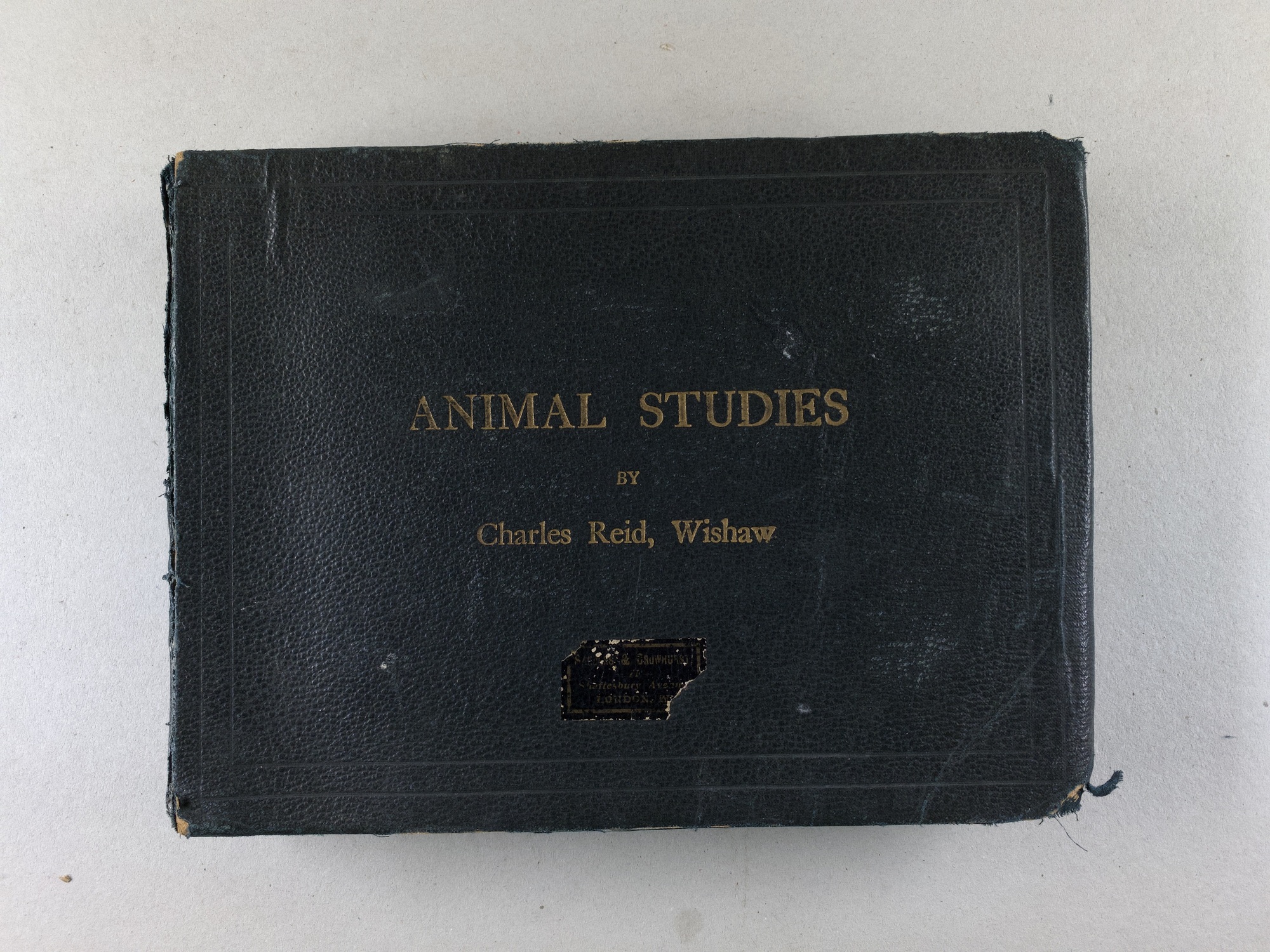
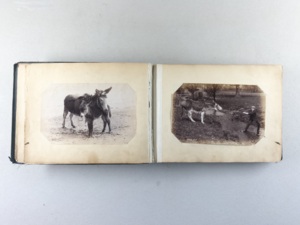
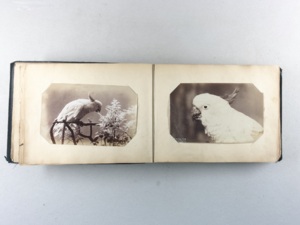

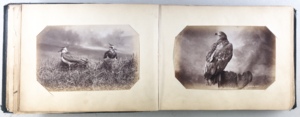
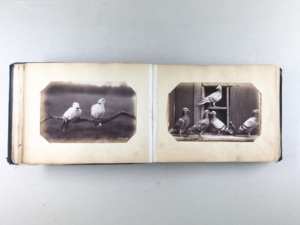
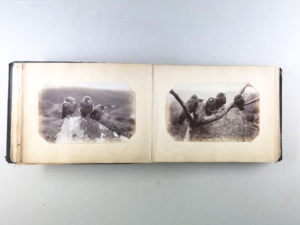


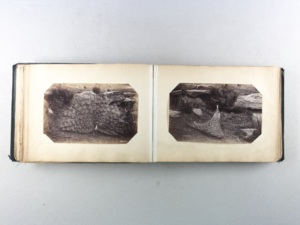


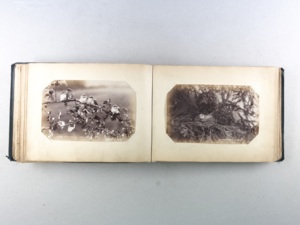
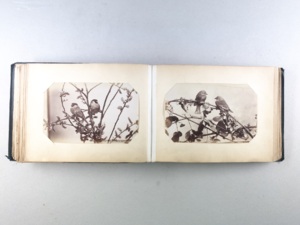
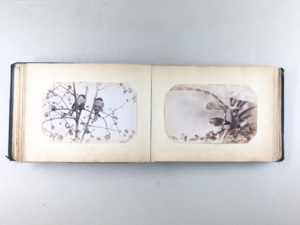
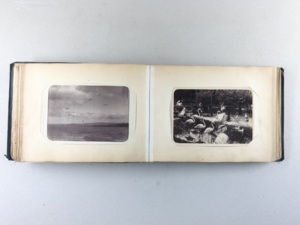
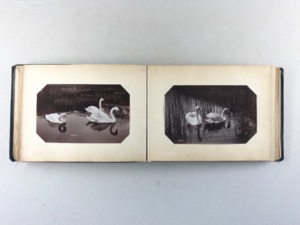
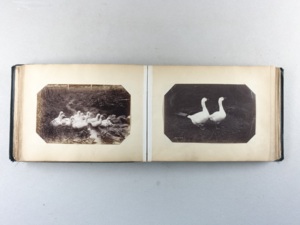



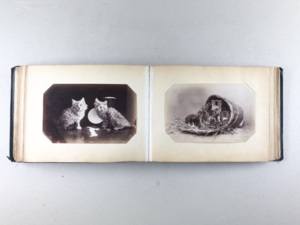
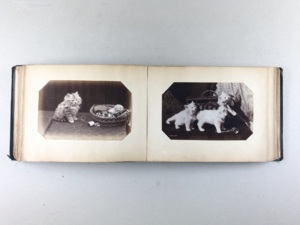

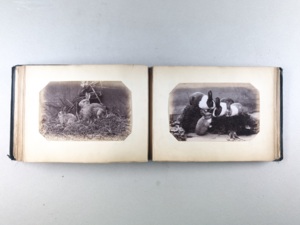


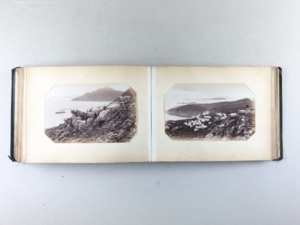
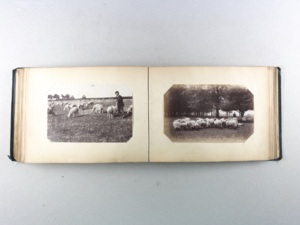
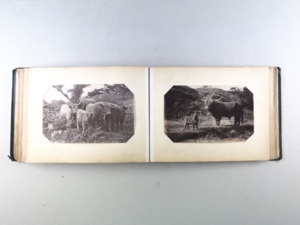
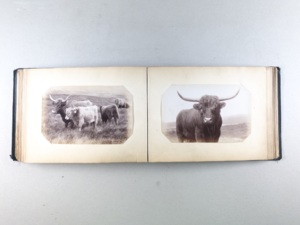
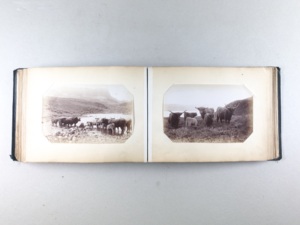
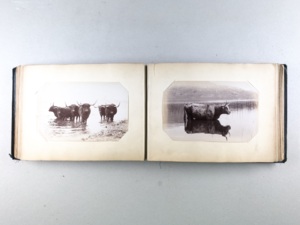
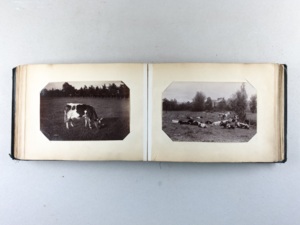
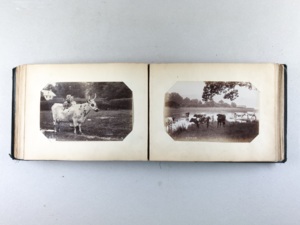
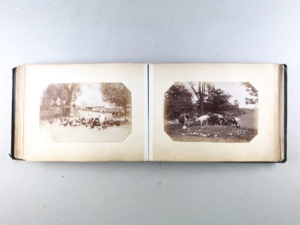
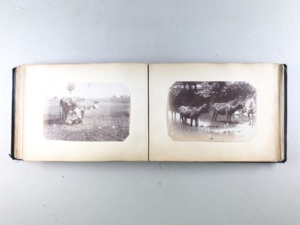

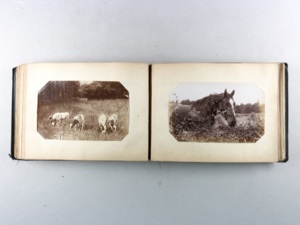
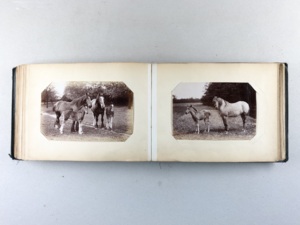

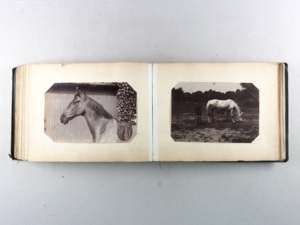



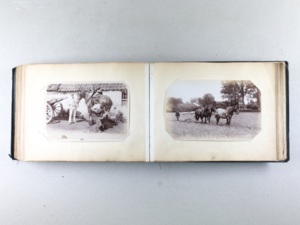
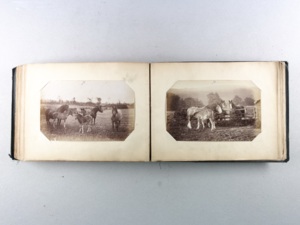
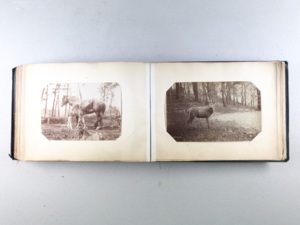

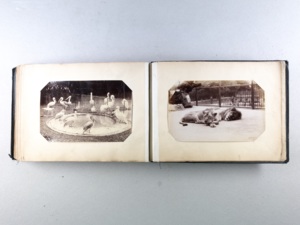
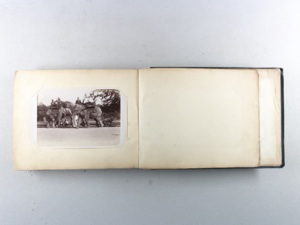


CHARLES REID : THE LANDSEER OF PHOTOGRAPHERS
ANIMAL STUDIES, IN HIS OWN WORDS
By Rebecca Sharpe
Scottish photographer Charles Reid is an unsung pioneer of commercial wildlife and animal photography. His first forays in the field, using wet plate collodion, predate the better-known Kearton brothers, but very few photographic history books give him the credit he deserves.
Charles Reid was born in Turriff, Aberdeenshire, Scotland, in 1837, to simple and humble surroundings. His father, agricultural labourer William Reid, descended from farmers who had lived in the Inverurie district for 300 years. Charles Reid’s first job, at the tender age of 10, carried on the family’s farming tradition by herding cattle in the summer, at the expense of his education.
Aged fourteen, Charles Reid was apprenticed to a local shoemaker, working fourteen-hour days in a physically demanding job. Self-described as ‘never robust’, his health declined, and eventually forced him to find alternative employment. This position, however, gave him his first encounter with the photographic image. He recalled observing a daguerreotype portrait of his employer, around 1853, and his astonishment at the process by which it was made.
Reid became a post-runner in nearby Cuminestown aged twenty-three, and, despite the poor pay and long distances covered each day, working in the open air restored his health. It was during this role that a friend gifted Reid his first camera. In his spare time, Reid began taking portraits outdoors in 1864, with sitters paying a small fee to cover the costs of his chemicals, plates and equipment.
Charles Reid, by unknown photographer, c.1880s.
Due to increasing demand, Reid opened his first photographic studio in 1866, leaving his letter-carrying role behind. It was around this time he received his first lesson in animal photography. Under the direction of a local amateur, Reid captured horses on wet plate collodion in what he described as his ‘first field day’. Reid noted the difficulties of capturing animals with long exposures, but explained that he took pleasure in mastering the difficulties, being greatly helped by his sympathy, love and understanding of animals and their habits, as well as his utmost patience.
In 1870, Reid approached photographic dealers in Glasgow and Edinburgh with samples of his wild nature photographs and received many orders for stock, initiating the commercialisation of the images in which he was specialising. It can be presumed that the leather-bound ‘Animal Studies’ album of 100 albumen(?) prints, described in this catalogue, was a later sample album, which photographic retailers in London presented to prospective buyers for orders.
‘Animal Studies’ by Charles Reid, Wishaw.
Charles Reid moved to Wishaw, Lanarkshire, in 1875, taking over a local photographic studio, which he closed every Wednesday so he could continue his beloved animal photography. His first twenty years as a professional photographer were taken up with him perfecting his techniques and capturing picturesque scenery, wildlife and domestic animals throughout the British Isles, growing the commercial arm of the business, as well as continuing to run the traditional photographic studio.
When they were old enough, Reid employed three of his sons as assistants, both at the studio and in the field, due to the ever-increasing demand for his portraits and animal studies. He later fondly remembered their time spent photographing together in the moors and mountains of Scotland.
Reid was appointed the official photographer for several agricultural societies and events, and received numerous commissions to photograph prize animals. His images were widely published internationally in monthly magazines, journals, newspapers and books, as well as on postcards and as magic lantern slides, albumen and carbon prints.
In his later years, Reid increasingly courted the printed media and photographic societies with his experience and knowledge of domestic and wild animals, as well as photography. He eventually withdrew from the photographic studio in Wishaw, with his capable sons taking over the reins of it and the commercial productions.
Reid, on several occasions, was described by contemporary sources in the press as “what Sir Edwin Landseer was among the painters of animal life, Charles Reid is among photographers.” The photographs within the album ‘Animal Studies’ beautifully illustrate this worthy description.
The company named on the label found on the front of this album, ‘Sanders and Crowhurst, 71 Shaftsbury Avenue, London’, was formed in 1900 by Harold Armytage Sanders and Harry Arthur Crowhurst; the former being the father of World War I photographer Henry Armytage Bradley Sanders. Sanders and Crowhurst sold photographic and optical equipment, and also acted as agents for other businesses, until the partnership was dissolved in 1908.
Harold Armytage Sanders exhibited his own wildlife photographs from 1907 onwards; he also made a pioneering nature film production, ‘In Birdland’, in 1907, with Oliver Gregory Pike. It was the first British wildlife film to be screened to a paying audience. In 1914, famed English ornithologist and scientific illustrator, Maud Doria Haviland, used a ‘Birdland’ camera built by Sanders during her explorations of the Yenesei River in Russia.
Reid often recalled humorous experiences from his years as an animal photographer, and also shared his deep affection and understanding of the creatures he came to know so well. The passion, knowledge and enthusiasm Reid had for animals are apparent in his musings, in a way that no description from a third party will do justice.
Total: 20000.00 €

